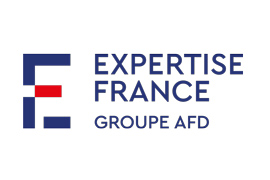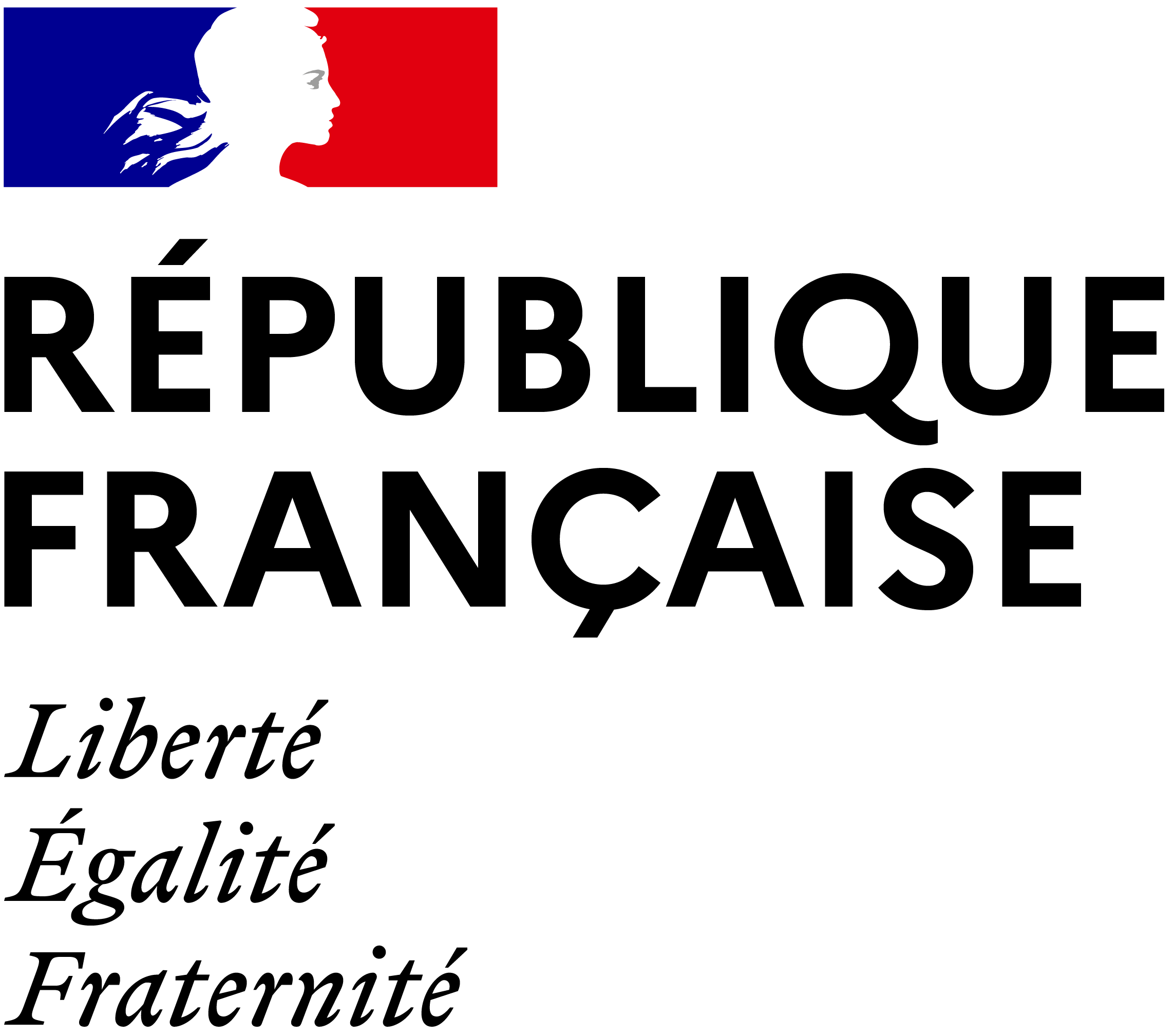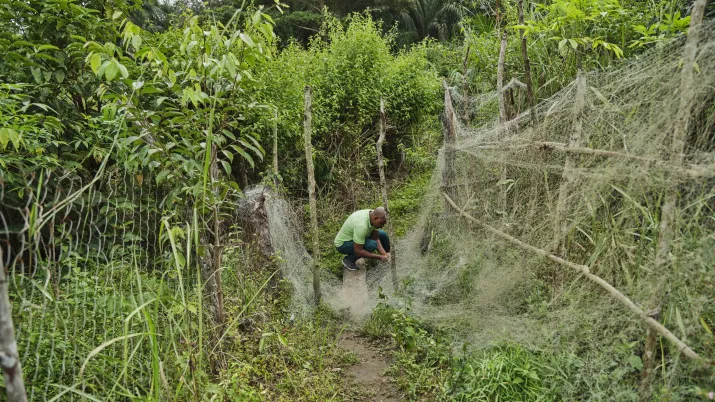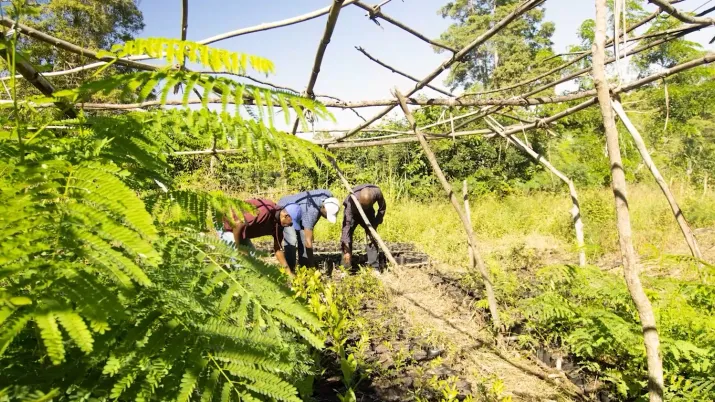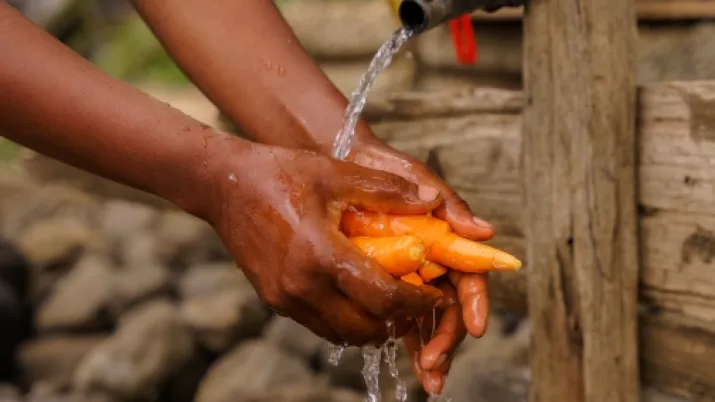Share the page
PEFFAG - Project to Lay the Foundations of the Poultry Sector in Guinea
Project
Published on
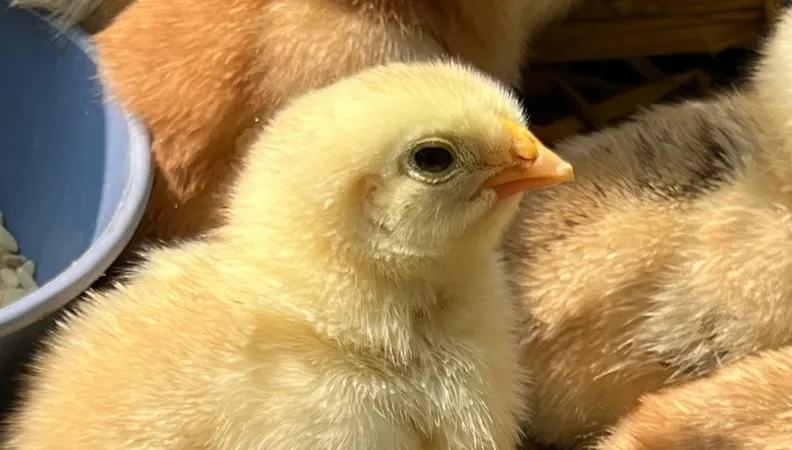
-
Project start date
-
Status
Ongoing
-
Project end date
-
-
Financing amount (Euro)
-
15m
-
Country and region
-
Guinea, Africa
The project aims to contribute to food security and sovereignty in Guinea by increasing domestic production and consumption of poultry products.
Poultry farming is a key driver for development in Guinea: all the subsectors are a major source of jobs and professional or additional income. They also provide a response to nutrition issues, in particular for animal protein intake.
In this context, the objective of the PEFFAG project is to develop the various poultry subsectors in Guinea in order to contribute to food sovereignty by increasing domestic consumption.
PEFFAG: developing the poultry sector in Guinea
To develop the poultry sector in Guinea, the PEFFAG project has been structured around four main lines of action:
- Hygiene conditions, biosecurity and breeding techniques to improve hygiene and technical supervision in each poultry subsector
- The quality of feed to ensure transparency in the quality of feed for intensive poultry subsectors
- The marketing and consumption of poultry products to promote domestic poultry subsectors
- Institutional support, the organisation of stakeholders, the gender approach, and the Environmental and Social Management Plan
Capacity building and technical expertise activities
To achieve the project’s objectives, Expertise France is carrying out various activities to support the management of the project and provide technical expertise.
Firstly, it is supporting the project management by strengthening the competences of the management teams and the Ministry of Agriculture and Livestock of Guinea on the issues of gender, social inclusion, conflict prevention, and the environment.
Secondly, it is providing technical expertise, in particular by assisting with setting up farms and private hygiene and technical management, by identifying stakeholders in the intensive poultry sector, and defining disease prevention and epidemiological surveillance programmes, as well as biosecurity standards. It is assessing and improving the network of laboratories, while developing training for intensive breeders. Furthermore, it is evaluating the quality of poultry feed, supporting public-private partnerships for feed analyses, and is working to improve the marketing and traceability of poultry products. All these activities take account of the specific gender issues in Guinea and this agricultural sector.
Operational strategy
Expertise France plays a dual role in PEFFAG: technical assistance for the project management and the provision of expertise to support the project implementation. The Ministry of Agriculture and Livestock of Guinea is responsible for most of the activities, meaning that Expertise France’s activities are intrinsically linked to the implementation of the project by the ministry.
Similar Projects
Kopekoba
Ongoing
2025 - 2028
Funders : Agence Française de Développement, European Union, Central African Forest Initiative (CAFI)
PMSAN 2: Multisectoral Food and Nutritional Security Programme II
Ongoing
2024 - 2028
Funders : European Union, Agence Française de Développement
In the News
Agriculture | “We’ve targeted family farming because it’s everywhere and it’s essential”
Published on February 28, 2024
